We all know that Boeing aircraft have yokes and Airbuses (A300/310-aside) have sidesticks. But is it possible that Boeing could switch over, sooner or later?
A lot of online discussion groups have devoted tens of thousands (or more) of words, to the “Boeing Vs Airbus” debate. This takes many forms, with discussions on the 737 and A320 historically focusing on fly-by-wire. There is a lot to cover there, but this isn’t what this article is about. That’s because wherever you stand on sidesticks, we can safely assume that the next Boeing design will be fly-by-wire.
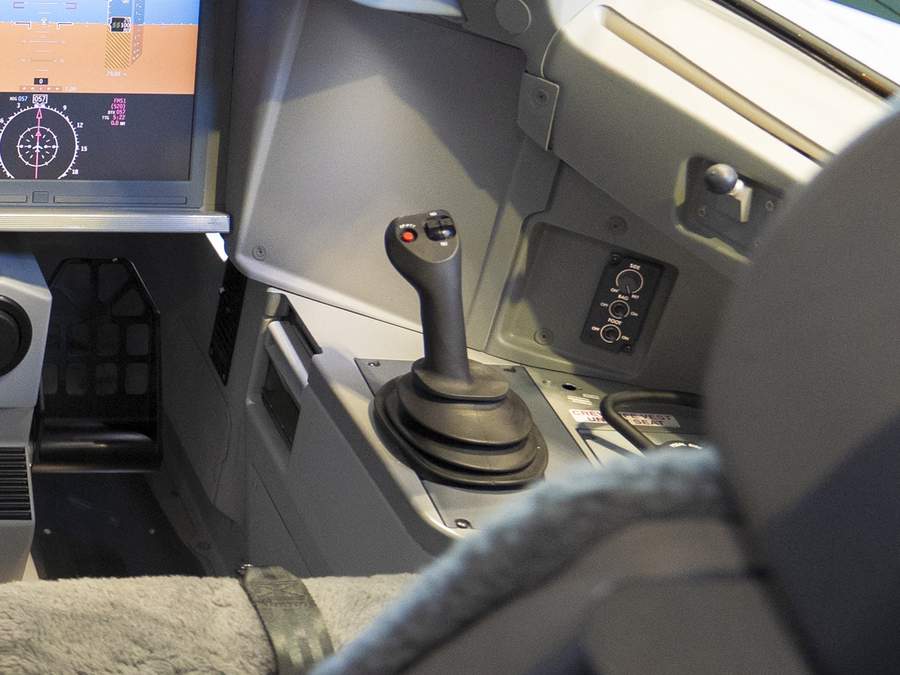
Boeing has designed two “blank-sheet” aircraft in the last three decades: the 777 and the 787. Both of these aircraft are fly-by-wire. Boeing has been mostly silent about the exact design and even the size of its next aircraft, as we’ve seen.
Boeing – Yes To FBW, No To Sidesticks
However, the Boeing 777 and 787 both have yokes, not sidesticks. Boeing has been vocal about the advantages of the yoke even in its latest designs. Since the yokes are mechanically linked, one pilot can feel the other’s inputs – if there are any, which normally there shouldn’t be. Conversely, it is impractical to link sidesticks mechanically.
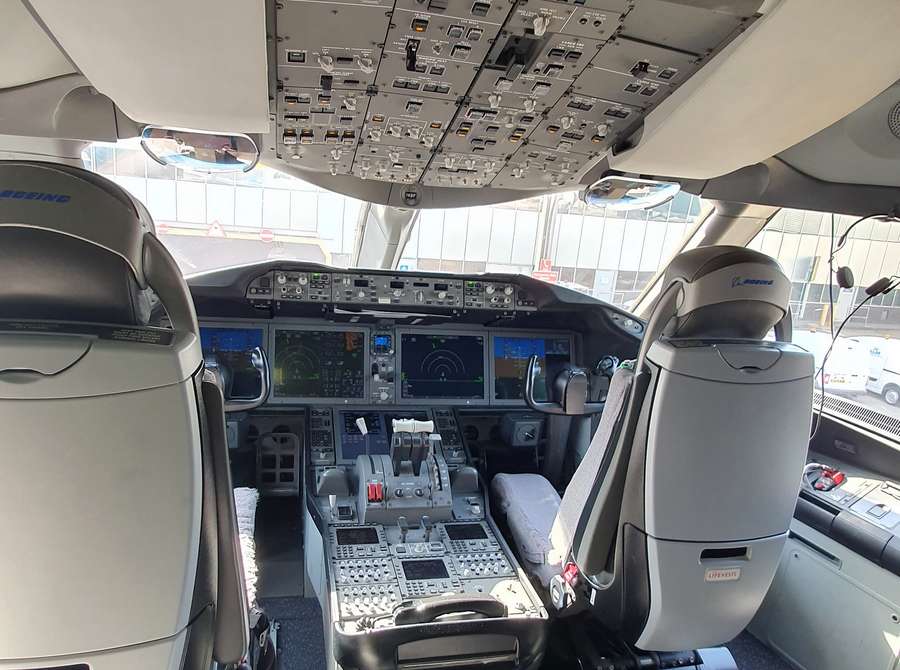
There have also been tragic events where pilots of aircraft with sidesticks did not realize that they were out of trim. This involved cases where the aircraft switched to flight laws whereby it did not auto-trim. These events are quite rare, but this is another factor keeping Boeing away from sidesticks.
Of course, Airbus and other manufacturers of aircraft with sidesticks have systems and procedures to mitigate these issues. But what if both the “dual-input” problem and the “aircraft-out-of-trim” problems… went away? What would happen if a new sidestick design eliminated both of these potential issues? Could Boeing then reverse its stance towards sidesticks?
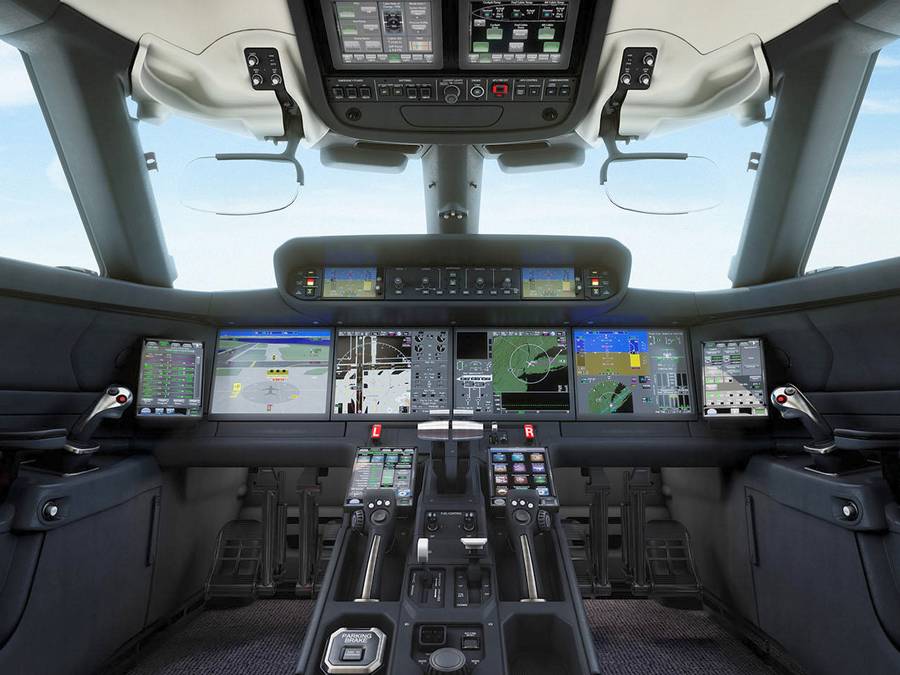
As it happens, there are already aircraft out there flying with sidesticks that DO solve these issues. The industry refers to them as “active sidesticks”. The first aircraft to use them was the Gulfstream G500 corporate jet. It uses a system designed by BAE, who previously made sidesticks for military jets. In the G500, there is no mechanical link between the sidesticks. But they both have servos, linking them electronically.
No, Gaming Did NOT Get There First!
You might have heard of force-feedback joysticks (don’t worry, this is the last use of the “J” word in this article). As their name suggests, these devices provide feedback to the user, depending on what the simulated aircraft is doing. But gaming wasn’t the first application of this technology. Whatever its future attitude on sidesticks might be, Boeing and others have used this principle in aircraft simulators.
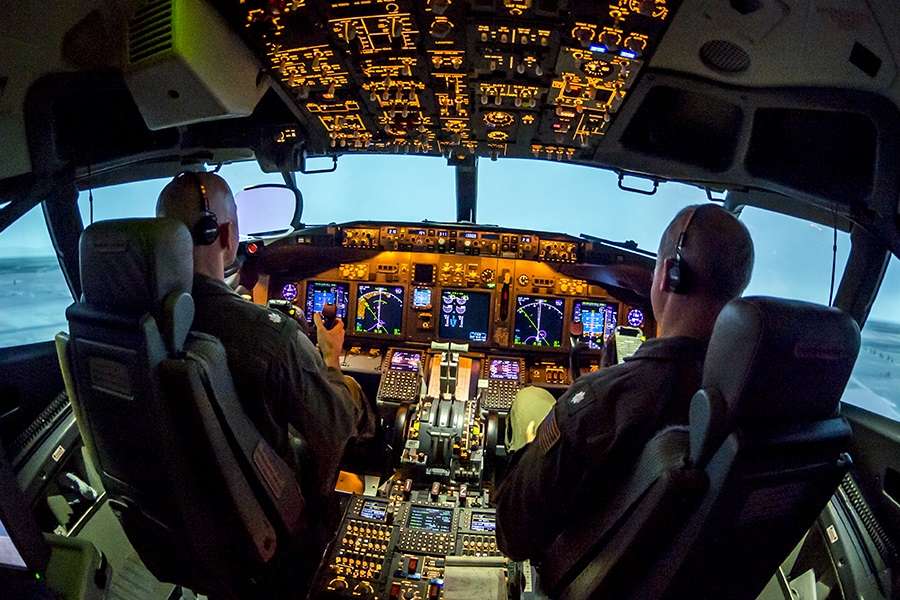
BAE isn’t the only company making active sidesticks. There is also a company in France called Ratier-Figeac, which is a subsidiary of Collins Aerospace in the US. Collins is itself a subsidiary of Raytheon. Ratier-Figeac has made Airbus’ sidesticks since the introduction of the A320 family in the 1980s. It has also supplied them to Sukhoi for its SuperJet (SSJ100).
And until recently, Ratier-Figeac was also a sidestick supplier to Irkut/UAC, for the MS-21. The future of the MS-21 is quite uncertain these days. But in the configuration that Russia certified before the invasion of Ukraine, the MS-21 had active sidesticks. If it actually enters service in this configuration, it will be the first airliner to have them.
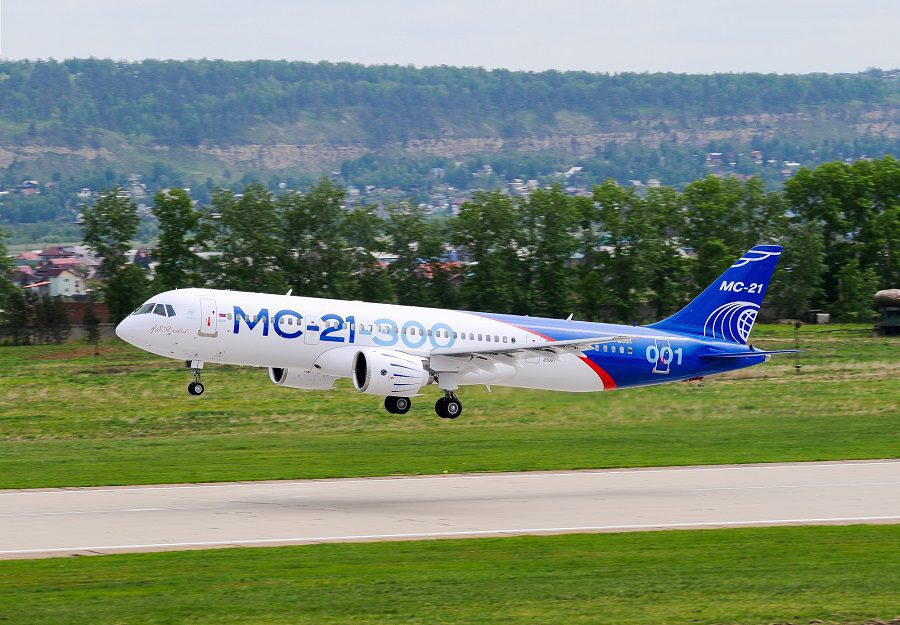
So could these developments finally sway Boeing towards sidesticks? The design solves the dual input and out-of-trim issues. It can also vary its resistance to the inputs of pilots, accounting for differences in aerodynamic forces at different speeds. Also, the sticks move when the aircraft is on autopilot, to reflect the system’s control inputs.
An Odd Event (with yokes)
If Boeing adopts them, sidesticks would also save a good amount of weight. It is much easier to install two sidesticks than two floor-mounted yokes and all their necessary mechanical connections. Ergonomically, sidesticks allow pilots to have better reach to their displays. They make touch-screen MFDs practical, for instance. Plus, pilots get fold-out tables!
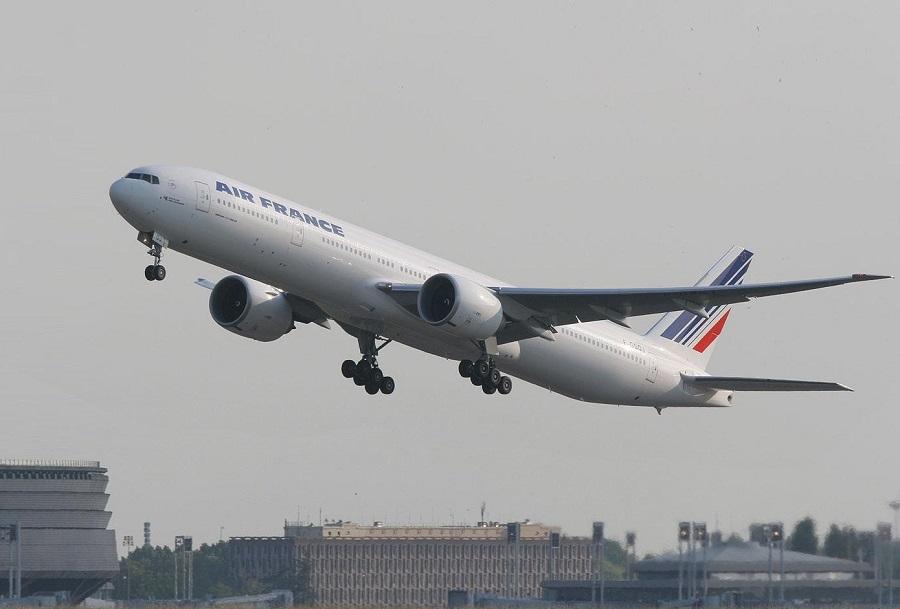
It is also worth noting that even though they don’t use sidesticks, Boeing 777s and 787s can have some… “sidestick problems”. In April 2022 we saw a peculiar incident, involving Air France flight AF-11. The pilots of a Boeing 777 were on approach to Paris Charles de Gaulle Airport (LFPG) when they perceived that the aircraft was “fighting” their inputs.
BEA, the French investigating authority, is still working on this event. But in a press release, it revealed that the two pilots were fighting each other. With enough force (50 lbs or 22.7 kg), the two yokes can “desynchronize”, i.e. move in different directions. The full report will give us all the details. But the incident shows that even without sidesticks and despite the forces involved, current Boeing fly-by-wire aircraft could have such issues.

Sidesticks And Boeing Type Ratings
However, making such a design change isn’t that simple. Before it really embraces sidesticks, Boeing would have to look at some broader factors. Despite entering service decades apart, the 777 and 787 share the same type rating. We don’t know if this is something Boeing could pursue for its next aircraft, to ease airline training.
But even if Boeing doesn’t do this fully, type rating considerations could still delay the adoption of sidesticks. Airbus, for instance, has a common type rating for its A330/340/350 families, which is different from that of its A320 family. But pilots with one of these ratings can benefit from a shorter/abbreviated course for the other.
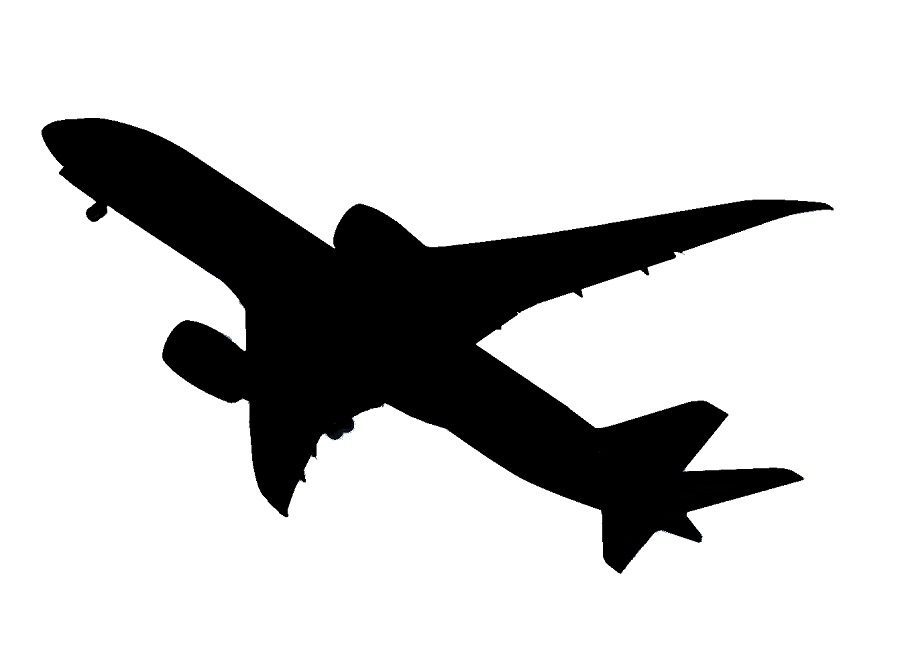
If Boeing decides to pursue a similar strategy, it will probably continue to eschew sidesticks, despite these new innovations. But will it? Boeing has received a lot of criticism for its aircraft development choices, regarding type ratings and training requirements. This criticism came not only with the 737 MAX, but the 777X as well.
So, could the company decide to make a point of moving ahead? Could active sidesticks, with their advantages in ergonomics, weight savings, and pilot feedback, lead to a change in direction for Boeing? We will have to wait to find out. If Boeing is to remain competitive with Airbus, it will really need to launch its next aircraft in the next two years, according to analysts.




1 comment
Dominic McAfee
I really hope this doesn’t happen.